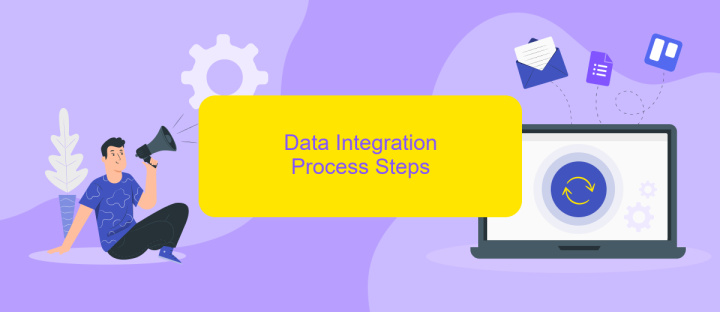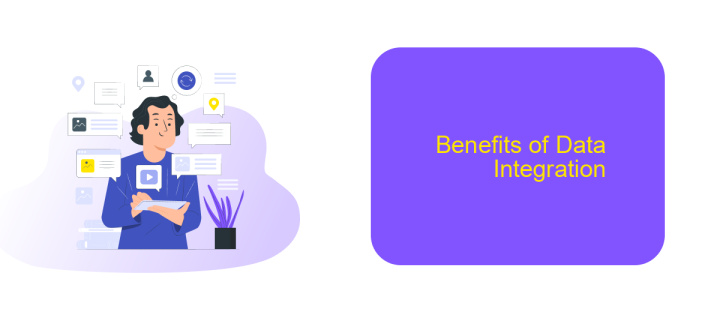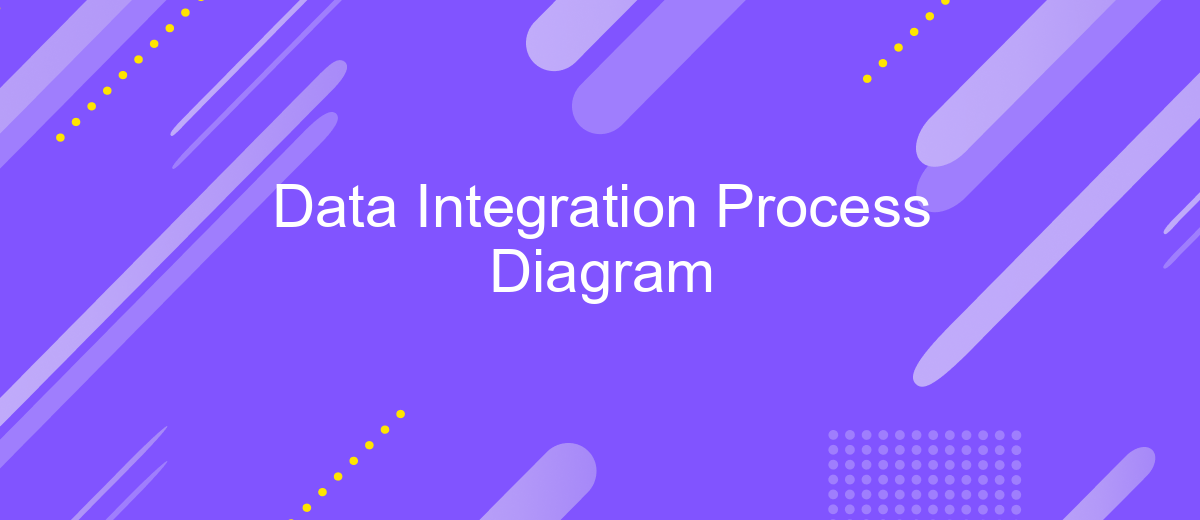Data Integration Process Diagram
Data integration is a critical process in modern business environments, enabling seamless data flow between disparate systems. The Data Integration Process Diagram provides a visual representation of how data is collected, transformed, and loaded across various platforms. This article delves into the components and steps involved, offering a comprehensive guide to understanding and implementing effective data integration strategies.
Data Integration Process Diagram
Data integration is a critical process that ensures seamless data flow between disparate systems. It involves combining data from different sources and providing users with a unified view. The process typically includes data extraction, transformation, and loading (ETL), ensuring that data is accurately and efficiently moved from source systems to target systems.
- Data Extraction: Retrieving data from various sources.
- Data Transformation: Converting data into a usable format.
- Data Loading: Transferring data into the target system.
Using tools like ApiX-Drive can significantly streamline the data integration process. ApiX-Drive provides an intuitive interface for setting up integrations between multiple services without the need for coding. It automates data transfer and synchronization, ensuring that your systems are always up-to-date, thus enhancing operational efficiency and decision-making capabilities.
Introduction

Data integration is a critical process for organizations aiming to consolidate information from various sources into a unified view. This procedure not only enhances data accessibility but also improves the reliability and accuracy of the information used for decision-making. By integrating data from different systems, companies can achieve a more comprehensive understanding of their operations, leading to better strategic planning and performance optimization.
One of the effective tools for streamlining the data integration process is ApiX-Drive. This service simplifies the setup of integrations, allowing for seamless data transfer between different platforms without the need for extensive coding knowledge. ApiX-Drive supports a wide range of applications and services, making it an ideal solution for businesses looking to enhance their data integration capabilities efficiently. By leveraging such tools, organizations can ensure that their data integration processes are both robust and scalable.
Data Integration Process Steps

Data integration involves combining data from different sources to provide a unified view. This process is crucial for businesses to make informed decisions. Here are the key steps involved in the data integration process:
- Data Extraction: The first step involves extracting data from various sources such as databases, cloud storage, and third-party applications. Tools like ApiX-Drive can simplify this process by automating data extraction from multiple platforms.
- Data Transformation: Once extracted, the data needs to be transformed into a consistent format. This may involve cleaning, filtering, and aggregating data to ensure it is compatible with the target system.
- Data Loading: The transformed data is then loaded into a data warehouse, database, or another target system. This step ensures that the integrated data is readily available for analysis and reporting.
- Data Validation: After loading, the data must be validated to ensure accuracy and completeness. This involves checking for errors and inconsistencies.
- Data Monitoring: Continuous monitoring is essential to maintain data quality and address any issues that arise. Automated tools can help in tracking data integration processes and ensuring seamless operation.
By following these steps, businesses can ensure a smooth and efficient data integration process. Leveraging tools like ApiX-Drive can further streamline these tasks, making it easier to manage and integrate data from multiple sources. This ultimately helps in making more informed and timely business decisions.
Benefits of Data Integration

Data integration is a critical process that brings together information from various sources into a unified view, which enhances decision-making and operational efficiency. By consolidating data, organizations can gain comprehensive insights, improve data quality, and streamline workflows.
One of the primary benefits of data integration is the ability to provide a single source of truth. This eliminates data silos and ensures that all departments within an organization are working with the same information. Additionally, integrated data facilitates better analytics and reporting, allowing for more accurate and timely business insights.
- Improved data consistency and accuracy
- Enhanced decision-making capabilities
- Increased operational efficiency
- Streamlined data management processes
Services like ApiX-Drive simplify the data integration process by offering automated solutions that connect various platforms and applications. This not only reduces the time and effort required for manual data handling but also minimizes the risk of errors, ensuring that data flows seamlessly across systems. By leveraging such tools, businesses can focus more on strategic initiatives and less on data management tasks.


Conclusion
The Data Integration Process Diagram is an essential tool for visualizing and managing the flow of data between disparate systems. By providing a clear and concise representation of data sources, transformations, and destinations, it helps stakeholders understand the complexities and interdependencies within an organization's data ecosystem. This understanding is crucial for ensuring data accuracy, consistency, and availability across various applications and platforms.
Implementing a robust data integration strategy can be significantly streamlined with the use of specialized services like ApiX-Drive. ApiX-Drive offers an intuitive interface and powerful features that simplify the configuration and management of data integrations. By leveraging such tools, organizations can automate data workflows, reduce manual intervention, and ensure real-time data synchronization. Ultimately, a well-designed Data Integration Process Diagram, supported by efficient integration services, enables organizations to harness the full potential of their data, driving better decision-making and operational efficiency.
FAQ
What is a Data Integration Process Diagram?
Why is a Data Integration Process Diagram important?
What are the key components of a Data Integration Process Diagram?
How can I automate the data integration process?
What are the common challenges in data integration?
Time is the most valuable resource in today's business realities. By eliminating the routine from work processes, you will get more opportunities to implement the most daring plans and ideas. Choose – you can continue to waste time, money and nerves on inefficient solutions, or you can use ApiX-Drive, automating work processes and achieving results with minimal investment of money, effort and human resources.

